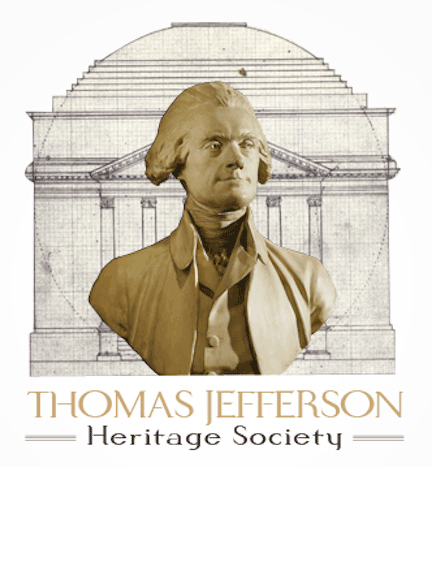Hero of the American Revolution.
Tadeusz Andrzej Bonawentura Kościuszko, now little mentioned in American history books, was a hero of the Revolutionary war and of the Polish resistance to Russia. Born in 1746, he was first educated in Poland, and then went to France for military and engineering training.
He began his military education in Warsaw, and then went to Paris to study military and civil architecture. After he returned to Warsaw, he fell in love with the daughter of a general, who objected greatly with a Kościuszko‘s attempts to elope with her. To avoid further confrontation with the father, Kościuszko fled to Paris and then America arriving in 1774.
Once there, he joined the American cause, helping to plan the fortifications in Philadelphia. He was promoted to the rank of engineer colonel as a reward for his service, and sent to Fort Ticonderoga in New York. He designed and supervised the fortifications along the Hudson River which were instrumental in the defeat of General Burgoyne’s British forces at Saratoga. As a result, he was given the important assignment to design the defense plans and fortifications for West Point. The traitor Benedict Arnold agreed to aid the British in the capture of West Point by providing plans of the Kościuszko fortifications. He delivered these to a British Army officer John Andre, who was captured by sentries trying to slip through the American lines. Arnold escaped but Andre was hanged.
In 1780, Kościuszko was promoted chief of the Engineering Corps and spent the next two years in the Carolinas. When the war ended he was made an American citizen and promoted to Brigadier General. He returned to Poland, but because of his earlier dispute, he was unable to secure a commission in the Polish Army. It was during this period he took a positive action against slavery, freeing the serfs from their obligation to him.
His former love had become the wife of a prince in the powerful Lubomirski family and she was able to secure a commission for him as a general major. In the ensuing war against Russia, he rose to the rank of lieutenant general, but then suffered a great defeat and was taken prisoner. Upon the death of Catherine the Great, they released him in 1796 and he returned to the United States. According to the account by Margaret Bayard Smith, before he left, the Emperor presented him with a fur coat, which he later gave to Jefferson, who wore it for the famous full-length painting by Thomas Sully which hangs in the US Military Academy at West Point.[1]
He was received as a hero in the United States, and became close friends with Thomas Jefferson, then the vice president. He stayed for about ten months, but before he returned to Poland, he set aside some of his estate in a 1798 will executed in Philadelphia to emancipate slaves in America and named Jefferson to administer his plan (Kościuszko to Jefferson 9-15-1817). But a later will was then found which Kościuszko executed shortly before his death in 1817 leaving his estate to his niece.
Jefferson at West Point by Thomas Sully.
Jefferson pointed out the impediments to the bequest with Kościuszko’s residence in one country, his property in another, and his executor (Jefferson) in a third. In addition to the nieces claim under the 1817 will, Kościuszko’s two sisters also laid claim to the estate, as well as two other claimants. Jefferson realized that the legal dispute would outlive him and resigned.[2]
Kościuszko returned to France in 1698 and lived out his remaining years in retirement. He loved to tell stories about his adventurous life. After his death in 1817, he was buried in the cathedral at Kraków.
Richard E. Dixon


